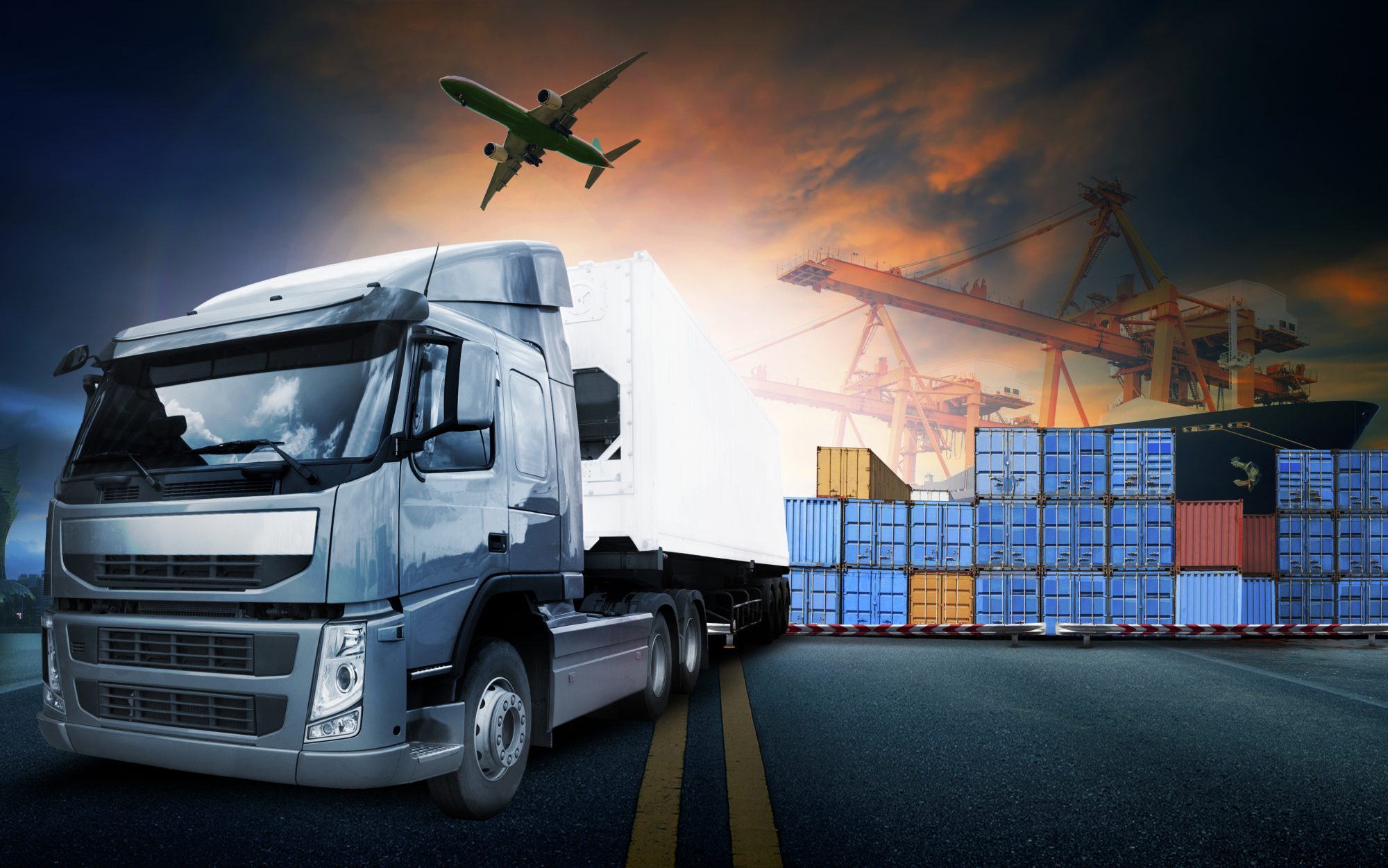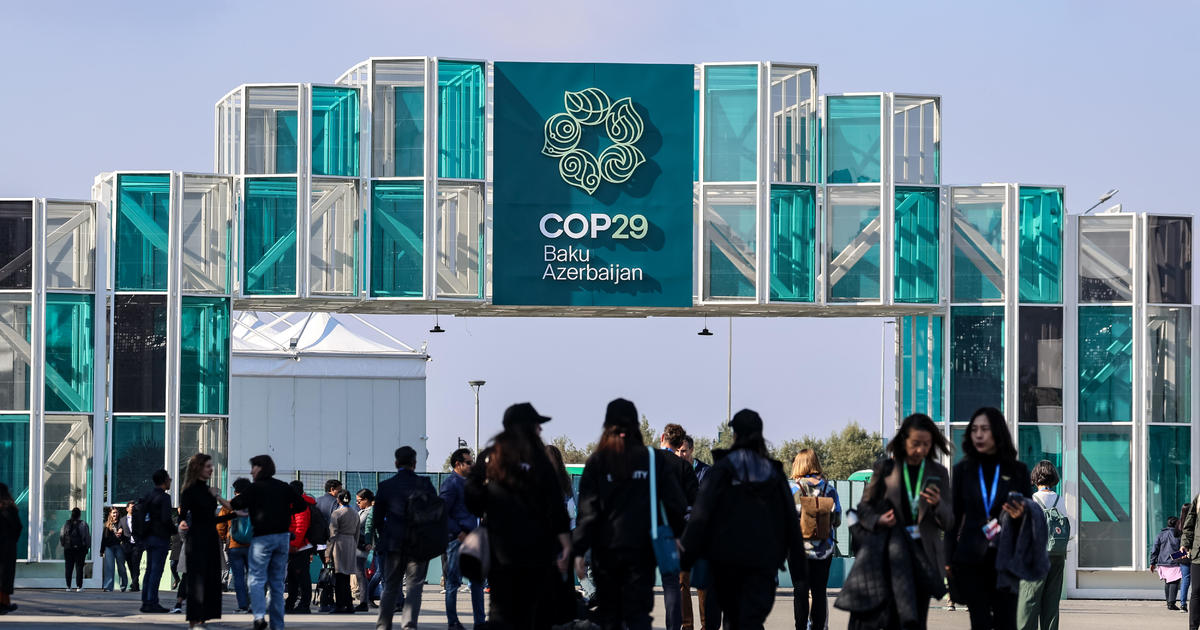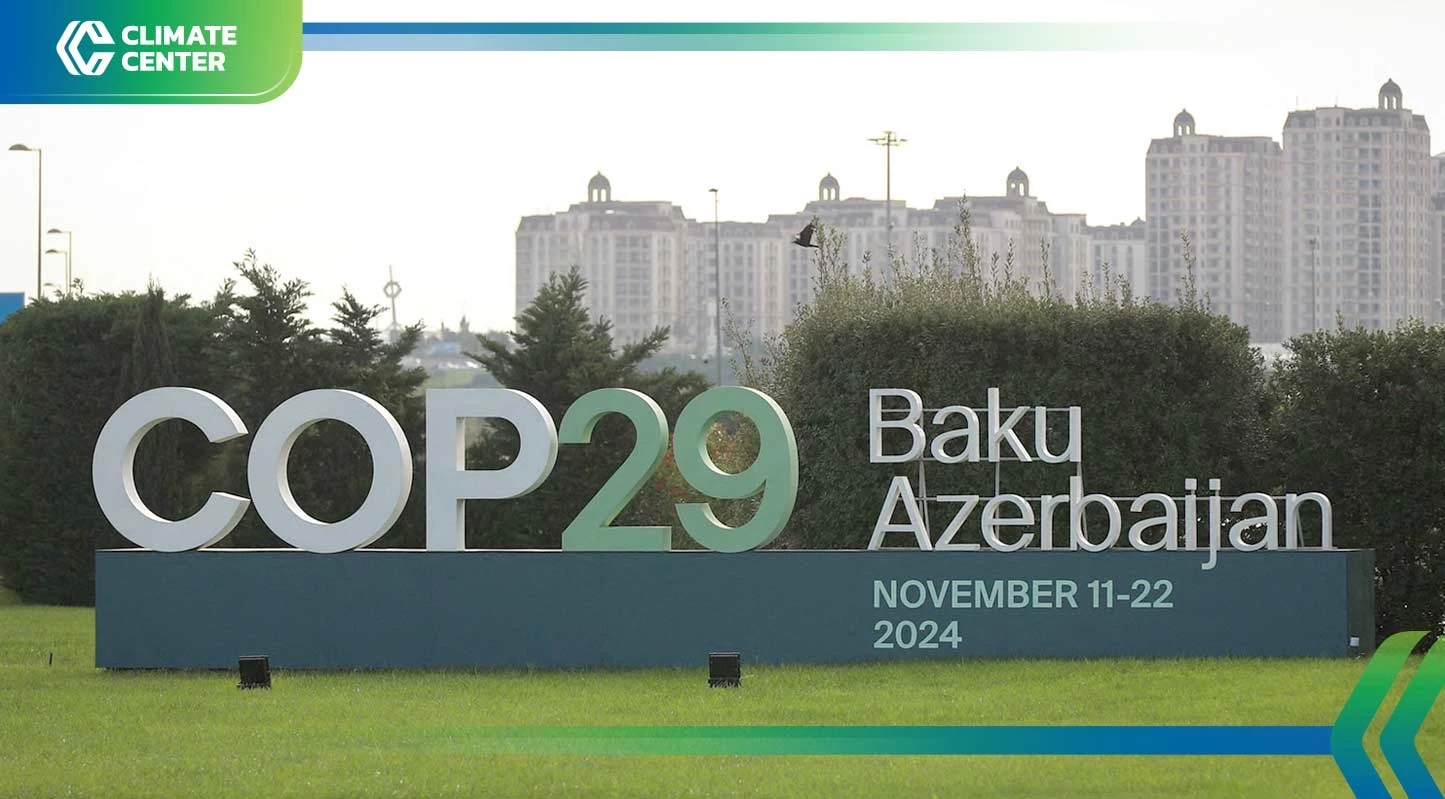How The Transportation Sector Regained Momentum After Covid-19
While the massive impact of the global pandemic already has a pronounced effect on the logistics industry, several tech companies are now utilising digital logistics tools to minimise the impact of COVID-19 on the supply chain.
 The COVID-19 pandemic has struck the international community in unprecedented ways. The effect of this global health crisis is also felt across the transportation sector, just like many industries have been affected.
The COVID-19 pandemic has struck the international community in unprecedented ways. The effect of this global health crisis is also felt across the transportation sector, just like many industries have been affected.
The pressure on organizations during this coronavirus pandemic has shifted from moving citizens to keeping a core organizational system operational with a skeleton workforce to ensure freight and key essential workers can continue to move. This shift is a sudden change in sources of revenue for businesses and the transport operators are not excluded.
With many experiencing an unexpected shortfall in their finances, organizations that planned ahead also ensured that the transportation network was ready for a return to normal operations when the coronavirus pandemic lockdown measures are lifted.
Still, throughout the lockdown period, the transportation industry ensured that all transportation networks operate continuously and material handling during transit is done accordingly.
Transport groups and companies also utilised an effective marketing solution for their business to reorganise capital investment plans in line with the unexpected shocks to revenue.
The road transport industry is vital to social and economic development. This sector guarantees mobility across countries, contributing to job creation and preventing a shortage of essential goods.
Many countries that imposed restrictions on domestic transit to control the spread of the virus are now beginning to ease the tension and allow cross-overs.
While the massive impact of the global pandemic already has a pronounced effect on the logistics industry, several tech companies are now utilising digital logistics tools to minimise the impact of COVID-19 on the supply chain.
These digital tools can help you to determine any savings that might occur if you were to choose a transportation alternative (walking, biking, bus ride, etc.) to driving your car. You can either compute your savings for a one-time trip or for multiple recurring trips over any number of years.
Plus, you can choose whether to compute the savings using the Gasoline Method (cost of gasoline only) or using the Mileage Method (average cost per mile to own, operate, maintain and insure your car.
While the restrictions had serious and material impacts on our workforce, transportation, and economy, there may be some temporary upsides that could endure. For the first time, we are experiencing a global and dramatic reduction in traffic congestion, air pollution and greenhouse gas emissions from transportation.







